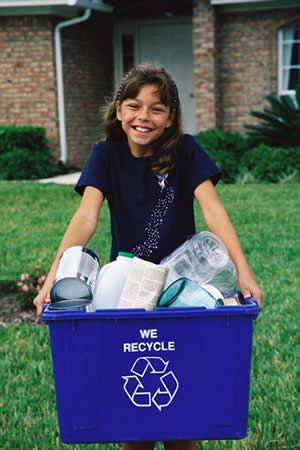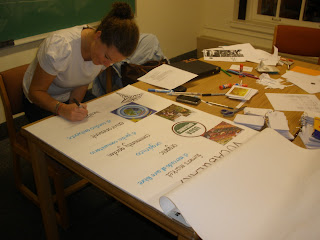Naturally, our vocabulary started off with the general theme of the day...
1. Rainforest: a tropical forest, usually of tall, densely growing, broad-leaved evergreen trees in an area of high annual rainfall--aka "jewels of the earth" or "the world's largest pharmacy."
3. Deforestation: the cutting down and removal of all or most of the trees in a forested area. Deforestation can erode soils, contribute to desertification and the pollution of waterways, and decrease biodiversity through the destruction of habitat.
- Rainforests cover only 2% of the earth's surface, but provide habitat and nutritional support for over 50% of Earth's species.
- There were 10 million Amazonian Indians living 500 years ago, yet only less than 200,000 still exist today.
- Most shaman are over 70 years old, and each time 1 dies it's as if a library has burned down.
- Over 20% of the world's oxygen is supplied by rainforests.
- Rainforests contain over 3,000 fruits, but we only use 200 of them (Native Indians use 2,000).
- Rainforests produce 1/5th of the world's freshwater supply.
Finally, the activity "What's In Your Jungle?". Divided into 4 groups, each group was given a notecard describing the plants, animals, and insects of a specific layer of the rainforest. Then, they drew pictures of some of the animals and insects, as well as pasting leaves to the corresponding section of the flipboard. When we put the 2 flipboard sheets (each with 2 layers of the rainforest) together, they were able to visualize what lived where in each layer!
The finished product:
Again, the students adored drawing their own images and putting together a "collage" of animals and insects that call the rainforest home. If they show as much enthusiasm for the next workshop, Climate Change, it will certainly be great!
Hasta luego,
Caryn, Chiara, and Katelyn



















